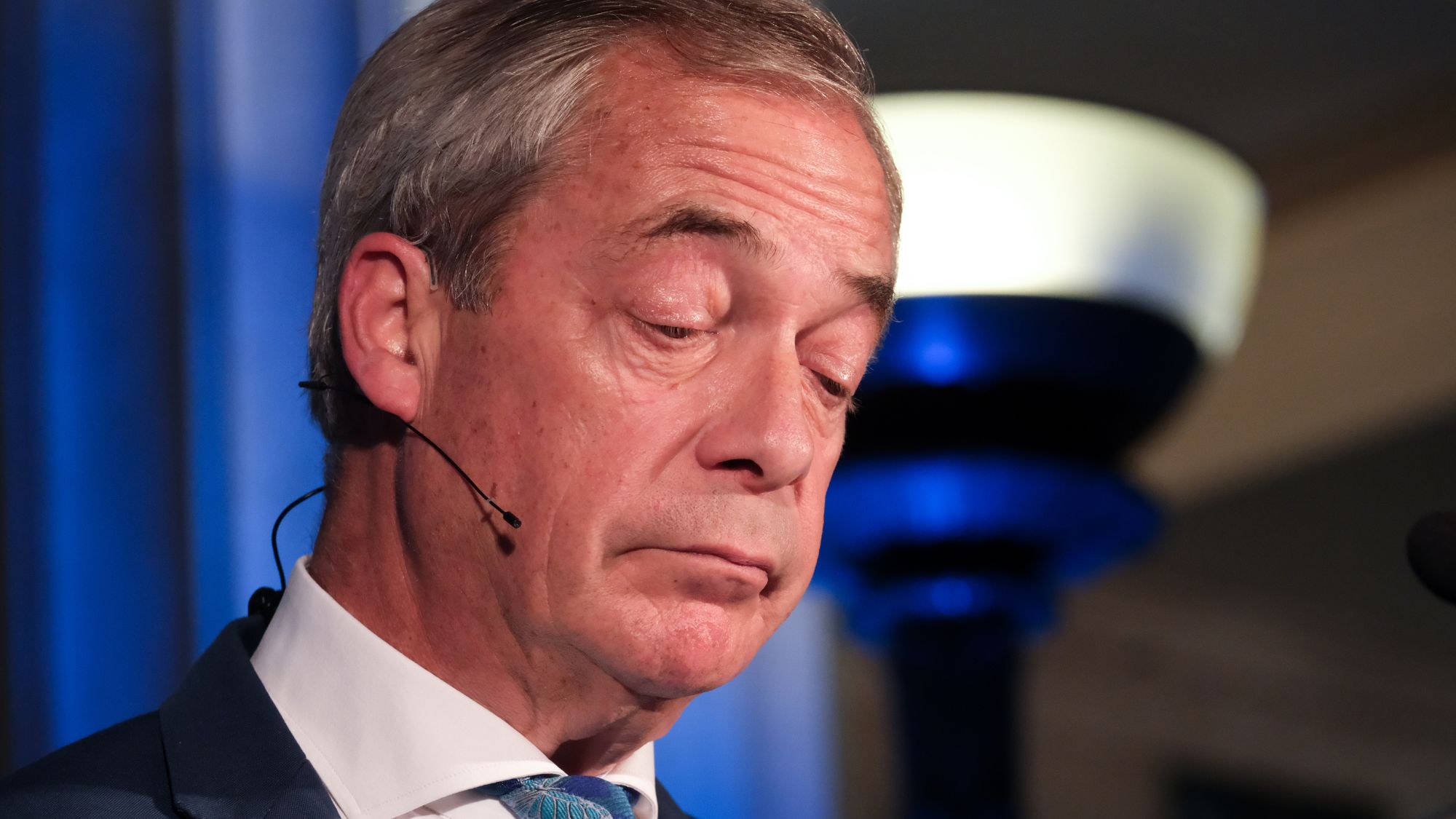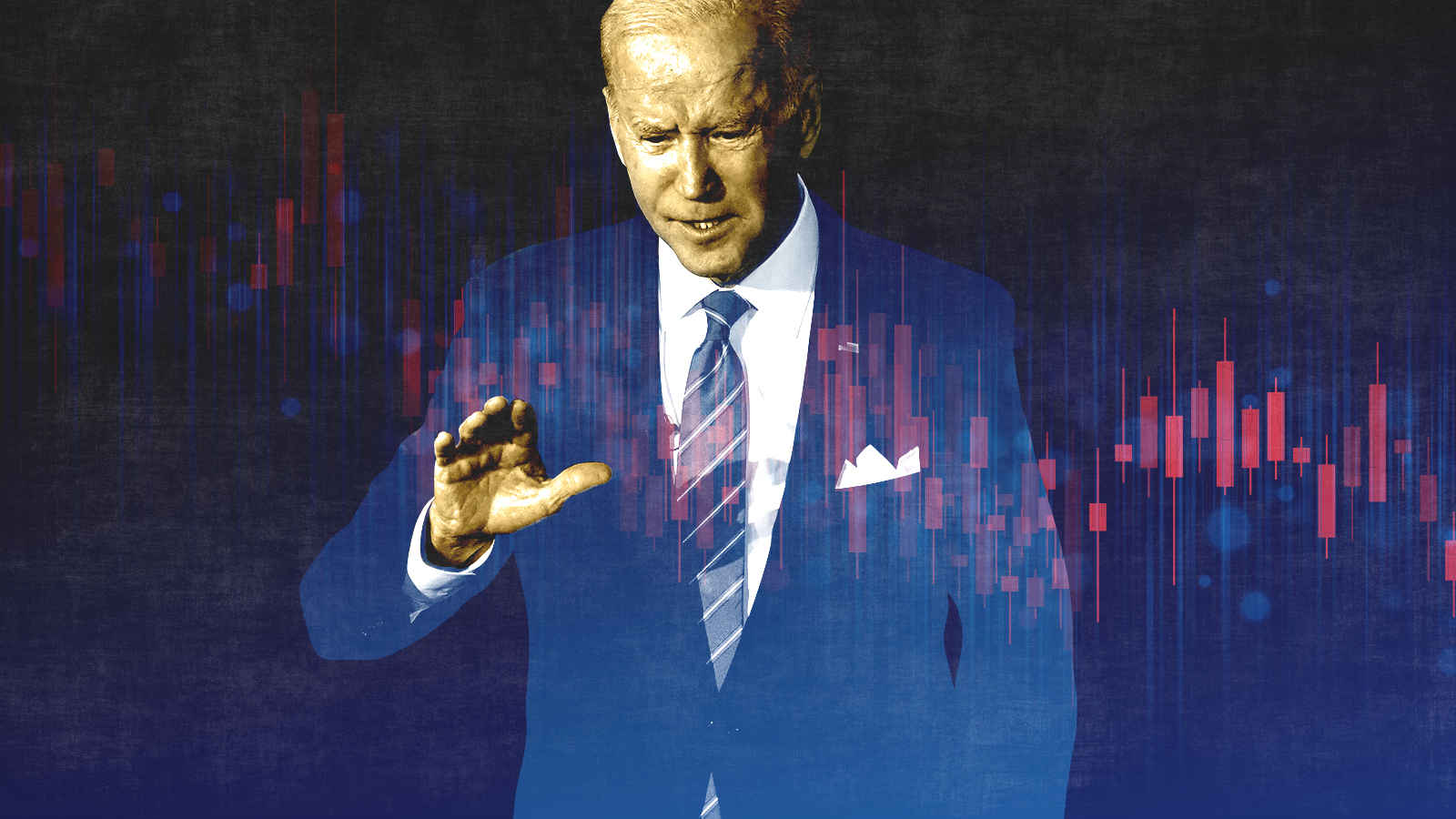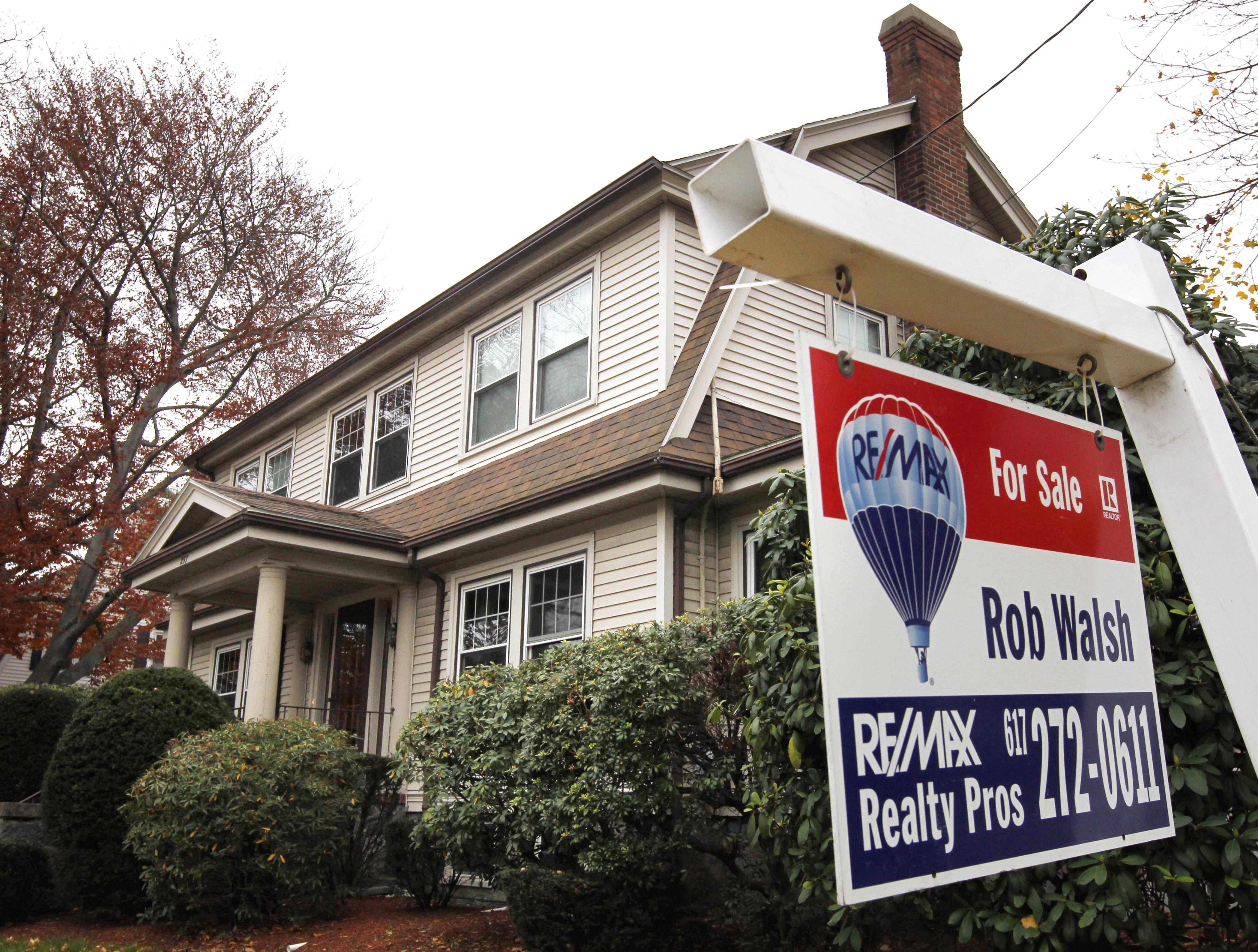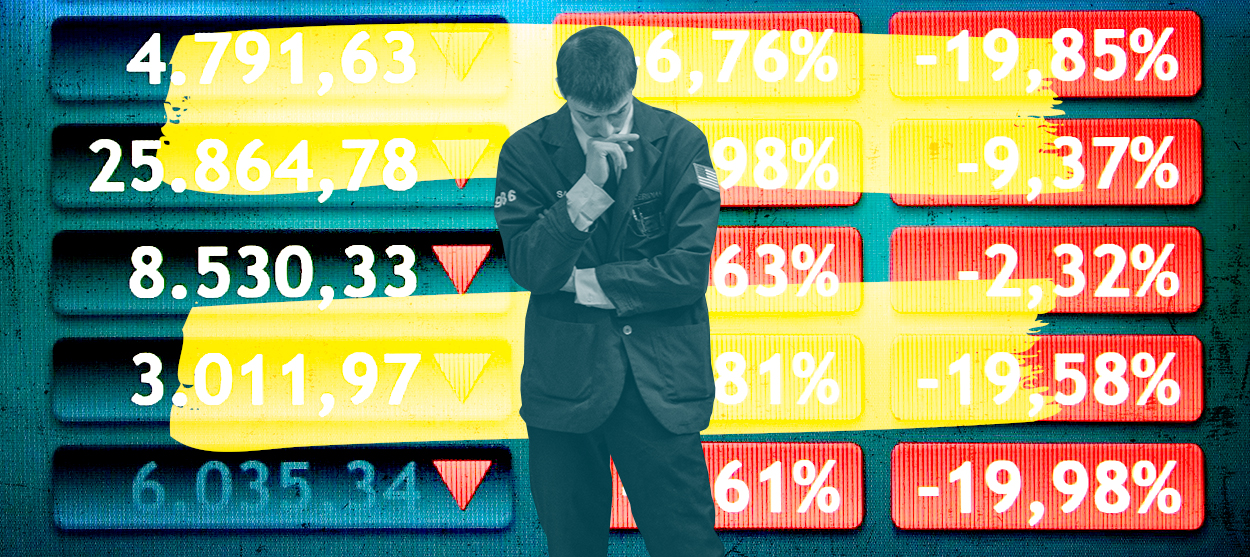The fall of GE
What happened to the house that Jack built?


What happened to General Electric? For much of its 128-year history, GE was a quintessential American company. It produced the iconic incandescent bulb, the first commercial power station, the first commercial nuclear plant, the first American jet engine, and early advancements in plastics and silicon, just to name a few.
But today, the company's market capitalization is plummeting, and it's frantically selling off divisions for spare parts. It may eventually break up entirely.
The story of GE's fall is one of bad luck, spectacularly bad decisions, and a very particular kind of elite American hubris.
The Week
Escape your echo chamber. Get the facts behind the news, plus analysis from multiple perspectives.

Sign up for The Week's Free Newsletters
From our morning news briefing to a weekly Good News Newsletter, get the best of The Week delivered directly to your inbox.
From our morning news briefing to a weekly Good News Newsletter, get the best of The Week delivered directly to your inbox.
It arguably begins with the arrival of the legendary Jack Welch as CEO in 1981.
Welch expanded GE beyond its familiar territories of manufacturing, engineering, and chemicals. He laid off workers and bought up new companies, including a 1986 purchase of RCA, which handed over NBC television. During this time, GE grew from a $25 billion manufacturing company to a $100 billion conglomerate.
But Welch's particular interest was in finance, and this is where the trouble really starts.
It was under Welch's leadership that GE Capital, the company's banking arm, was created. It became a $500 billion Wall Street player, accounting for almost two-thirds of GE's profits at its peak. Its hands were in everything from credit cards, to insurance, to mortgages. At the time, this was all seen as a smart, low-cost way to boost profits. "And you don't have to build a factory," Welch supposedly enthused.
A free daily email with the biggest news stories of the day – and the best features from TheWeek.com
The trend continued under Welch's successor, Jeffrey Immelt, who took over as CEO in 2001. GE got into real estate, bought 80 percent of Universal Pictures, and even snatched up a subprime mortgage lender in California.
But GE's transformation was always Welch's legacy. It was hailed as a "landmark in American capitalism" and "the house that Jack built." GE Capital was cited as proof that financial regulations needed to be slimmed down and modernized for the 21st century. (Democrats and Republicans alike were happy to oblige.) Welch was declared a "visionary," and named "manager of the century" in 1999 by Fortune. A New York Times story from that same year oohed and aahed over Welch's GE for its downsizing, profitability, internet savvy, and embrace of the efficiency strategy Sigma Six.
Then the Great Recession happened.
As entangled as it was in the mortgage bubble and the shadow banking sector, GE Capital toppled over. At the height of the 2008 crisis, literally no one would lend to it in the overnight markets. GE Capital was only saved by an emergency injection of $12 billion from Warren Buffet and other investors. It turned out that the good reputation and credit rating of GE's traditional businesses had essentially been used to gamble wildly in the financial markets.
So for the first time in its history, GE had to slash its dividend payments, from 30 cents to 10 cents a share; a massive two-thirds reduction. In terms of total dollars going to shareholders, it was the biggest single dividend cut by an American company ever.
Ultimately, GE Capital got a whopping $139 billion bailout from the federal government. And still, from 2008 to 2014, the financial arm's revenue shrank from $68.5 billion to $42.7 billion.
Wall Street shenanigans were not GE's only mistake. In 2015, it bought Alstom, which specialized in coal turbines — GE's biggest industrial purchase ever at the time. But doubling down on fossil fuels just as renewables were booming proved a costly mistake, and GE was forced to merge its oil and gas holdings with Baker Hughes in 2016. The company's unusual accounting methods have also been controversial, obscuring the company's true health from investors. In 2009, the SEC charged GE with "overly aggressive accounting" and false statements. GE forked over $50 million to settle the charges, while never admitting, or even denying, wrongdoing.
But GE Capital was always the lead weight dragging down the overall company, threatening its ability to borrow or finance operations. By 2015, the division's assets were down to $363 billion.
Immelt and the company decided to sell off another $275 billion — so far they've gotten about $200 billion out the door — and return to GE's roots. The plan was to raise the company's manufacturing and industrial operations from 58 percent of earnings to 90 percent by 2018. (They also decided to issue $50 billion in stock buybacks to shareholders.)
It wasn't enough to stanch the bleeding.
By late 2017, when Immelt finally stepped down, GE was forced to slice its dividend payments again, this time from 24 cents a share to 12 cents. Along with the financial wing, GE had also amputated its media holdings, its well-respected appliance business, NBC Universal, and its plastics business. The new CEO, John Flannery, was talking about refocusing on GE's small number of successful projects, particularly aviation, health care, and renewable energy. There was even discussion of selling its railway operations and light bulb business.
In both the 2001 and the 2008 bubbles, GE's market capitalization had spiked and then collapsed. But both times it returned to a steady upward climb. By 2016 it was back near the $260 billion it achieved just before the 2008 bust. But in 2017 — an otherwise boom year for corporate America — it collapsed again, and now stands just under $130 billion.
That brings us up to January 2018, and a final blow. Among GE Capital's many endeavors was getting into long-term care insurance. It's proven a particularly devilish business, as many insurers badly underestimated customers' longevity and medical needs. GE hasn't actually offered any new policies since 2006, but these long-term care obligations remain. Earlier this year, Flannery admitted the company had underestimated them, too: GE will take a $7.5 billion after-tax charge, and will have to reroute $15 billion in cash over the next seven years to shore up its insurance business. GE Capital, it seems, can do nothing right.
At this point, Flannery might break up the company entirely, but it's not even clear that's possible. Many observers suspect GE's constituent parts are more valuable together than sold separately. Many of those parts still backstop the remaining financial entanglements that GE Capital spawned. Yet the rest of the company still can't generate enough money to pay shareholders and make new investments.
As a result, GE is now a husk of its former self: A monument to the obviously insane yet somehow still-fashionable idea that it's smarter to make money off mergers and downsizing and financial games than by building real things for real people.
"This is the opportunity, really of a lifetime, to reinvent an iconic company," Flannery said in 2017. We'll see.
Jeff Spross was the economics and business correspondent at TheWeek.com. He was previously a reporter at ThinkProgress.
-
 Nigel Farage: was he a teenage racist?
Nigel Farage: was he a teenage racist?Talking Point Farage’s denials have been ‘slippery’, but should claims from Reform leader’s schooldays be on the news agenda?
-
 Pushing for peace: is Trump appeasing Moscow?
Pushing for peace: is Trump appeasing Moscow?In Depth European leaders succeeded in bringing themselves in from the cold and softening Moscow’s terms, but Kyiv still faces an unenviable choice
-
 Sudoku medium: November 29, 2025
Sudoku medium: November 29, 2025The daily medium sudoku puzzle from The Week
-
 The pros and cons of noncompete agreements
The pros and cons of noncompete agreementsThe Explainer The FTC wants to ban companies from binding their employees with noncompete agreements. Who would this benefit, and who would it hurt?
-
 What experts are saying about the economy's surprise contraction
What experts are saying about the economy's surprise contractionThe Explainer The sharpest opinions on the debate from around the web
-
 The death of cities was greatly exaggerated
The death of cities was greatly exaggeratedThe Explainer Why the pandemic predictions about urban flight were wrong
-
 The housing crisis is here
The housing crisis is hereThe Explainer As the pandemic takes its toll, renters face eviction even as buyers are bidding higher
-
 How to be an ally to marginalized coworkers
How to be an ally to marginalized coworkersThe Explainer Show up for your colleagues by showing that you see them and their struggles
-
 What the stock market knows
What the stock market knowsThe Explainer Publicly traded companies are going to wallop small businesses
-
 Can the government save small businesses?
Can the government save small businesses?The Explainer Many are fighting for a fair share of the coronavirus rescue package
-
 How the oil crash could turn into a much bigger economic shock
How the oil crash could turn into a much bigger economic shockThe Explainer This could be a huge problem for the entire economy
